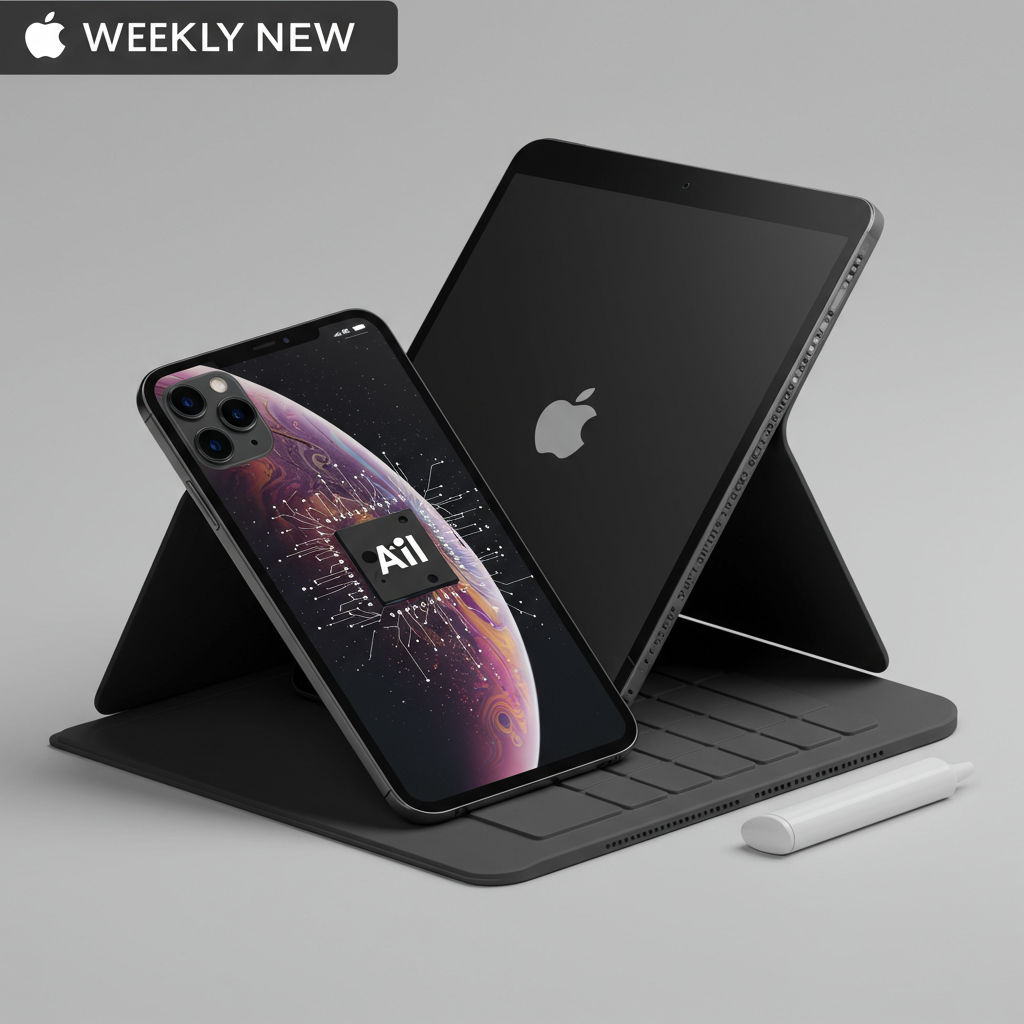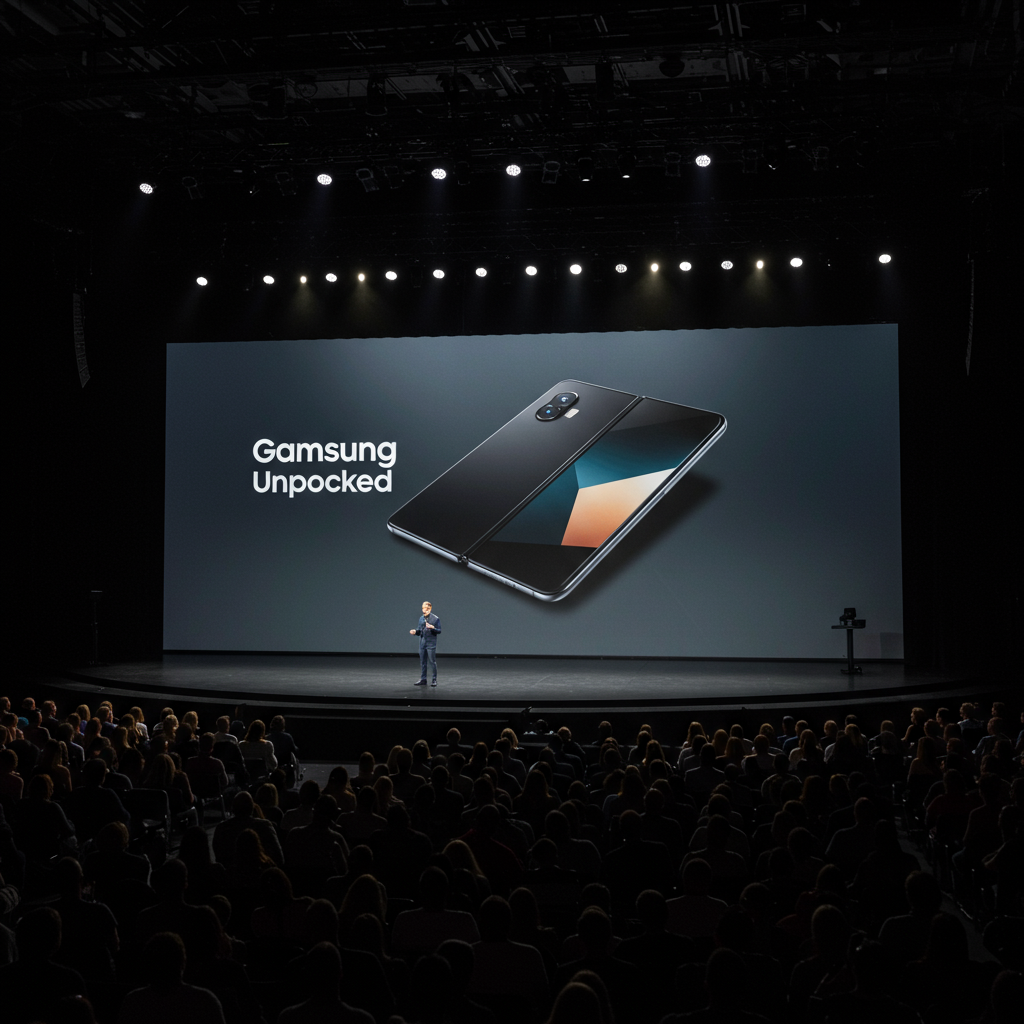Apple Weekly News Roundup: iPhone 17 Dates, AI Challenges, and Key Hardware Upgrades
Each week brings a fresh wave of news and speculation from across the Apple ecosystem. From anticipated iPhone launches to strategic shifts in artificial intelligence and significant hardware updates, here’s a look at the key headlines dominating discussions over the past seven days.
iPhone 17 Launch: Pinpointing the Date
The iPhone launch event remains the cornerstone of Apple’s annual calendar. While specific dates are always subject to change, industry observers are narrowing down the possibilities for the iPhone 17 family launch in September 2025.
Analysis suggests Tuesday, September 9th, or Wednesday, September 10th, are the most probable candidates. An earlier timeframe (September 2nd/3rd) is considered unlikely due to a direct conflict with the IFA consumer electronics show in Berlin (September 5th-9th). While a later date like September 16th/17th isn’t impossible, it would likely indicate production challenges. The smart money is currently on that second week of September.
Future iPhone Displays: Power Efficiency Focus
Looking beyond the iPhone 17 and potentially even the iPhone 18, Apple is actively exploring advanced display technology aimed at boosting efficiency. The company is reportedly reviewing a plan to integrate a new low-temperature polycrystalline oxide (LTPO) thin-film transistor (TFT) organic light-emitting diode (OLED) technology into iPhones, possibly starting around 2027.
The core innovation lies in increasing the proportion of oxide in the driving TFT. This technical adjustment is key to reducing power consumption, a crucial factor for future iPhone battery life. However, some critics view the anticipated two-year wait for this technology, which is already present in some form elsewhere in the industry, as potential hesitation rather than groundbreaking innovation, suggesting Apple might be prioritizing perfection over speed.
iOS 26 Adds ‘Smart Storage’
In software news, a second public development build of the upcoming iOS 26 has surfaced. While the reason for a rebuild has sparked online debate (potentially battery or security fixes), a notable quality-of-life improvement is included: smart storage.
This feature is designed to dynamically manage memory during installs, updates, and upgrades. It helps reserve and optimize space, particularly crucial on devices with limited storage. Experts suggest this could function similarly to how macOS already manages temporary system storage during updates, actively holding onto space as part of background maintenance. While useful, some commentators see this as a necessary fix for functionality that might have been expected earlier, rather than a revolutionary feature.
2026 MacBook Pro Eyeing OLED Upgrade
Since the significant architectural shift to Apple Silicon chips in 2020, the MacBook lineup has seen relatively few major design or feature overhauls beyond performance boosts. That could change with an anticipated redesign in 2026, which is expected to bring a major display upgrade.
The report indicates that the 2026 MacBook Pro may finally transition from its current LED display technology to OLED. This upgrade isn’t uniform across the laptop line, however. While the MacBook Air might receive a standard single-stack OLED panel (one layer of red, green, and blue elements), the MacBook Pro is anticipated to feature more sophisticated two-stack tandem OLED displays. This tandem design incorporates a second RGB layer stacked beneath the first, resulting in significantly increased screen brightness and improved longevity compared to single-stack OLEDs.
iPad Multitasking Evolution Continues
Apple continues its ongoing effort to enhance the capabilities of the iPad without stepping on the toes of its MacBook line. A deep dive into iPadOS 26 reveals continued focus on a long-standing challenge: multitasking, windowing, and running apps concurrently.
It appears Apple has spent over a decade trying to fully understand its diverse iPad user base, recognizing two main groups: those who primarily want a simple tablet experience and those who desire more traditional computing features. For the latter group, Apple seems to be re-embracing more classic desktop UI concepts like familiar windowing, file management, and menu bars. This shift acknowledges that some users prefer these established metaphors that work seamlessly with both touch input and indirect manipulation (like a mouse or trackpad), rather than entirely new interface paradigms.
WWDC 2025: Delivering on Promises?
Following the initial flurry of “hot takes” from the Worldwide Developer Conference (WWDC) 2025, more measured analysis is emerging. A key takeaway from this year’s event is that all major features announced during the keynote were reportedly demonstrable in product briefings and were also made available in the developer beta seeds. Furthermore, Apple executives explicitly stated plans to ship everything shown in the fall. This suggests a potentially more grounded approach compared to previous years, where some ambitious announcements might have faced delays or not been fully functional at launch.
Apple’s AI Crossroads: Doubts and Acquisitions
Apple’s position in the rapidly evolving world of generative AI remains a hot topic, with the company widely seen as lagging behind competitors like OpenAI. While practical features are reportedly not expected until 2026, Apple is not silent on the subject, though its stance raises questions.
Recent Apple research suggests caution regarding competitor claims about AI’s abilities. Researchers have characterized the notion that advanced models can “reason” as merely an “illusion of thinking.” While this might reflect a genuine philosophical stance, some observers question whether this perspective also serves to mask Apple’s own relative delay in developing its generative AI capabilities. The pressure to catch up is palpable.
Amidst this backdrop, rumors have surfaced about Apple potentially attempting to accelerate its AI efforts through a significant acquisition. Reports suggest Apple is considering purchasing Perplexity AI for around $14 billion. Perplexity already offers consumer-facing search and conversational AI tools – areas Apple is reportedly struggling with. Acquiring a smaller team like Perplexity could potentially be easier to integrate into Apple’s structure than a larger AI lab.
Public comments from Apple executive Eddy Cue, who reportedly testified in a Google antitrust trial that Apple was “pretty impressed with what Perplexity has done” and had “started some discussions with them,” are seen by some as potential groundwork being laid for such a deal. While acquiring its way into a market isn’t a typical Apple move, its current lag in the AI race suggests the company faces significant decisions to keep pace and risks losing its traditional leadership position if it doesn’t move quickly.
This past week underscores Apple’s continuous navigation of hardware innovation, software evolution, and strategic positioning in crucial emerging fields like AI.




